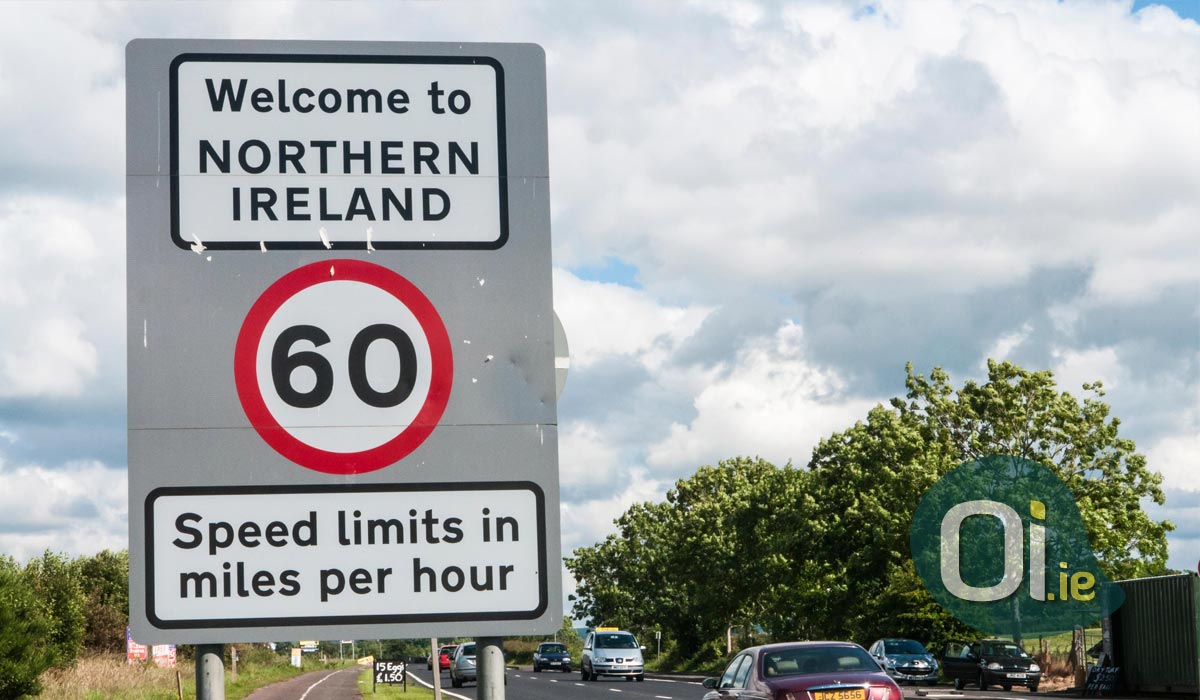Se você chegou até aqui, é porque sabe que a Ilha da Irlanda é repartida em duas nações distintas – a República da Irlanda, um país independente e soberano, e a Irlanda do Norte, que é parte do Reino Unido – mas nem sempre foi assim.
Por muito tempo, a Irlanda esteve sob o domínio dos ingleses, mas existia uma grande diferença religiosa entre os países. A maior parte do Reino Unido era protestante, enquanto a maior parte da Irlanda era católica. Durante o século 17, na tentativa de ganhar mais controle, os ingleses enviaram protestantes para “colonizar” o nordeste da Irlanda, expulsando os católicos para outras regiões da ilha. Aos poucos, a região foi se tornando majoritariamente protestante, o que acirrou a divisão entre a população irlandesa.
Os unionistas, de maioria protestante, apoiavam o Império Britânico e queriam manter a união com os ingleses. Eles se concentravam na província de Ulster (atual Irlanda do Norte) e muitos eram proprietários de terra, donos de negócio e empregados de grandes indústrias. Eles achavam que a independência da Irlanda era uma ameaça à sua religião ao desenvolvimento econômico da região.
Já os nacionalistas, de maioria católica, queriam o fim do domínio dos ingleses e a independência total da Irlanda. Ao contrário da província de Ulster, que era rica e industrializada, a maior parte da Irlanda era pobre e rural, e muitos culpavam os ingleses pelo subdesenvolvimento da ilha. Além disso, a Irlanda tinha sua própria língua e costumes.
Se você conhece um pouco da história irlandesa, sabe que existiram várias tentativas de independência ao longo do tempo, mas nenhuma deu certo. Isso começou a mudar no início do século 20, com o fortalecimento do nacionalismo e o surgimento de grupos como a Irmandade Republicana Irlandesa (IRB) e o Exército Civil Irlandês, o que culminou na Revolta de Páscoa, em abril de 1916, quando um exército de republicanos se revoltou contra o Reino Unido – em plena Primeira Guerra Mundial. A rebelião não foi bem sucedida, deixando mais de 500 mortos, mas foi um passo importante para a Guerra de Independência, em 1919.
Após anos de conflitos e violência, a solução encontrada foi dividir a ilha em duas partes – o Estado Livre Irlandês (de maioria católica) e a Irlanda do Norte (de maioria protestante) – cada uma com parlamentos independentes. A Irlanda do Norte optou por continuar a fazer parte do Reino Unido, e a Irlanda foi, aos poucos, cortando os laços com os britânicos. Em 1949, foi proclamada oficialmente a República da Irlanda.
Acabou? Ainda não.
Tensões entre os nacionalistas e os unionistas continuaram nas próximas décadas, e os irlandeses nunca abandonaram a ideia de uma Irlanda unificada. Recentemente, com a saída do Reino Unido da União Europeia, o debate sobre a reunificação foi reacendido, mas isso é assunto para outro artigo!
3314/5000
If you made it this far, it is because you know that the Island of Ireland is divided into two distinct nations – the Republic of Ireland, an independent and sovereign country, and Northern Ireland, which is part of the United Kingdom – but not even it has always been like that.
For a long time, Ireland was under the rule of the English, but there was a great religious difference between countries. Most of the United Kingdom was Protestant, while most of Ireland was Catholic. During the 17th century, in an attempt to gain more control, the British sent Protestants to “colonize” northeast Ireland, expelling Catholics to other parts of the island. Gradually, the region became predominantly Protestant, which intensified the division among the Irish population.
The unionists , mostly Protestant, supported the British Empire and wanted to maintain unity with the British. They were concentrated in the province of Ulster (present-day Northern Ireland) and many were landowners, business owners and employees of large industries. They thought Ireland’s independence was a threat to their religion to the region’s economic development.
Already the nationalists , mostly Catholic, wanted an end to the rule of the English and the total independence of Ireland. Unlike the province of Ulster, which was rich and industrialized, most of Ireland was poor and rural, and many blamed the British for the island’s underdevelopment. In addition, Ireland had its own language and customs.
If you know a little about Irish history, you know that there have been several attempts at independence over time, but none have worked. This began to change in the early 20th century, with the strengthening of nationalism and the emergence of groups such as the Irish Republican Brotherhood (IRB) and the Irish Civil Army, which culminated in the Easter Uprising in April 1916, when an army of Republicans revolted against the United Kingdom – in the middle of the First World War. The rebellion was unsuccessful, leaving more than 500 dead, but it was an important step in the 1919 War of Independence.
After years of conflict and violence, the solution found was to divide the island into two parts – the Irish Free State (with a Catholic majority) and Northern Ireland (with a Protestant majority) – each with independent parliaments. Northern Ireland chose to remain part of the United Kingdom, and Ireland was gradually breaking ties with the British. In 1949, the Republic of Ireland was officially proclaimed.
Is it over? Not yet.
Tensions between nationalists and unionists continued for decades to come, and the Irish have never abandoned the idea of a unified Ireland. Recently, with the UK leaving the European Union, the debate on reunification has been rekindled, but that is the subject of another article!
Send feedback
History
Saved
Community



